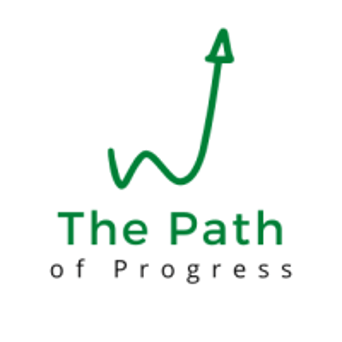The 3-Part Planning System I Use to Run My Week
Discover a simple, powerful 3-part weekly planning system designed for solo entrepreneurs who want more clarity, control, and focus — without overengineering their life.
PLANNING & SYSTEMS
4/1/20253 min read


Planning That Doesn’t Feel Like a Chore
Most weekly planning systems are overbuilt. Too many steps. Too much friction. Too rigid to last longer than a few weeks.
I needed something I could stick with — even during chaotic weeks. This 3-part planning system gives me clarity without complexity, helps me focus on what matters, and makes weekly execution feel lighter, not heavier.
It’s built for solo founders, creators, and small team operators who want structure without becoming a productivity robot.
Part 1: The Weekly Reset
Before I plan anything new, I reset what’s already in motion. That means:
Reviewing what worked and what didn’t last week
Closing open loops: unread Slack messages, emails, loose ends
Rechecking goals, deadlines, and any metrics I’m tracking
This clears my mental bandwidth. Instead of dragging last week’s clutter into Monday, I get a clean slate.
Part 2: The Focus Filter
Next, I decide what matters most. Not tasks — outcomes.
I ask: If this week goes off the rails, what 1 to 3 things must still get done?
These become my priorities. They’re usually tied to a bigger monthly or quarterly theme: product progress, a content sprint, or a client delivery deadline.
If it’s not tied to the outcome, it doesn’t get priority status.
Part 3: The Tactical Layer
Now I block time for the priorities. Not just "when I get to it" — actual calendar time.
I block 90-minute or 2-hour chunks for deep work
I batch shallow tasks: email, admin, follow-ups
I leave open space on purpose: for chaos, calls, or overflow
The result is a week that feels intentional, not reactive.
Why Simplicity Wins
The more complex your planning system, the faster it breaks. Too many inputs and you start managing the system instead of using it.
Simple wins because:
It’s easier to stay consistent
It creates less friction to get started
It scales with your week — whether it’s light or heavy
The Tool Stack I Use (But Don’t Overthink It)
You don’t need a fancy dashboard or color-coded Gantt chart.
Here’s what works for me:
Google Calendar for time-blocking
A Notion board (or just a doc) for my priorities
Trello or Apple Notes for daily task capture
Use what’s simplest to access and stick with it. Tools don’t create clarity — your system does.
The Sunday Setup Ritual
I plan at the same time every week — Sunday evening or Monday morning. It takes less than 30 minutes.
I look at what’s coming up, lock in time blocks for my top priorities, and clean up anything that’s still lingering from the past week.
Doing it at the same time creates a rhythm. Less mental effort, more automatic clarity.
The Mindset Shift: Plan Like a CEO, Not an Employee
Most people treat planning like filling a task list. But you’re not a task machine.
When you plan like a CEO:
You prioritize outcomes, not activities
You think in terms of leverage and clarity
You stop reacting to everything that hits your inbox
Structure should support your brain — not run it.
How This System Helps Me Ship More, Stress Less
When I follow this simple system:
I do fewer things, but more important ones
I protect energy for deep work
I end the week with closure, not clutter
Even when the week gets messy, I have a clear path to return to.
Common Pitfalls (And How to Avoid Them)
Treating this like a rigid checklist
Skipping the reset because you're "too busy"
Planning reactively instead of strategically
This isn’t about controlling every hour. It’s about protecting your focus.
How to Make It Your Own
Customize the reset: add a quick journaling prompt or review your metrics
Rename the Focus Filter if it helps — maybe "Weekly Targets"
Use voice memos instead of typing if you think better out loud
The framework stays the same. The execution flexes to fit you.
Add-Ons for Extra Leverage (Optional)
Theme your days (ex: content, client, admin)
Tag tasks by energy level or time required
Connect your priorities to KPIs or revenue goals
Only add layers if they help, not if they create noise.
Weekly Planning vs. Daily Planning
Don’t wing the week. Weekly planning sets the foundation so daily planning becomes easy.
Without it, every day starts from zero. With it, each morning is a check-in, not a full reset.
Final Thoughts: Build a Weekly System That Sticks
Forget perfection. Build consistency.
This 3-part planning system is simple on purpose. Because the real win isn’t having the perfect plan — it’s showing up each week with clarity and direction.
Momentum compounds weekly. Just keep it moving.
👉 Want the weekly planning template I use? Subscribe to the newsletter and get it free with "7 Time Traps Killing Your Focus."
